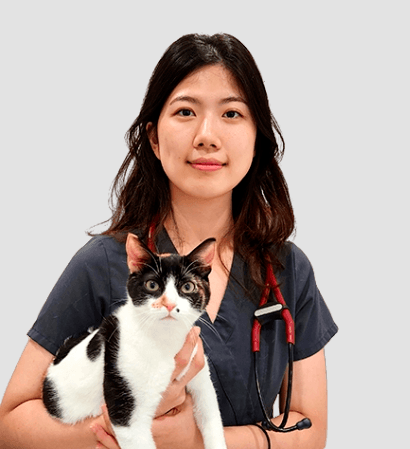Blue Cross Pet Hospital










Featured Services


Certificates

Meet our Veterinarians

Dr. Wonjae Lee

Dr. Guyrry Kim

Dr. Calvin Ho

Clinic
Blue Cross Pet Hospital has been committed to providing outstanding veterinary services to the city of San Francisco since the early 1920s! Located just blocks away from the incredibly beautiful Alamo Square Park. The clinic was originally founded by Dr. J Krom and as the city of San Francisco grew so did Blue Cross Pet Hospital. Other noted veterinarians to practice at Blue Cross Pet Hospital over the years were Dr. H Creely, Dr. M. Simmons, Dr. D. Strohauer and Dr. Sherman Wong.
Since 2013, Dr. Wonjae Lee has carried on the strong tradition of practicing excellent veterinary medicine for the pets and families of San Francisco. With a warm caring manner and decades of experience, Dr. Lee will always provide your pet with the highest level of Veterinary Medicine.
